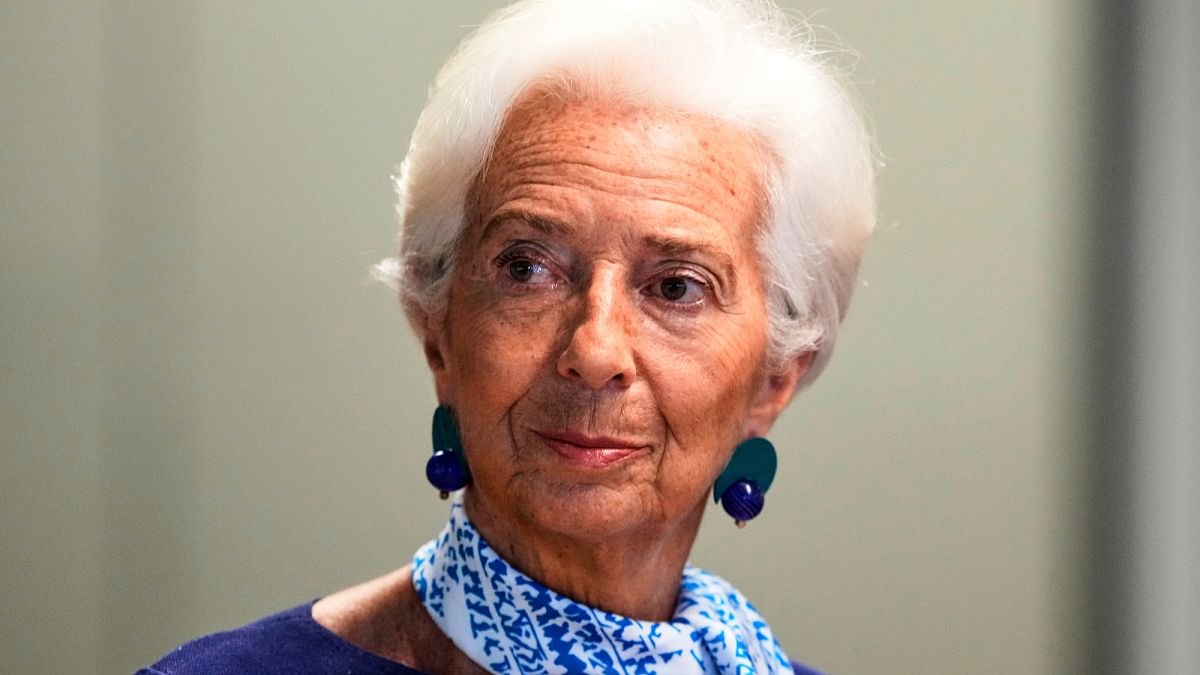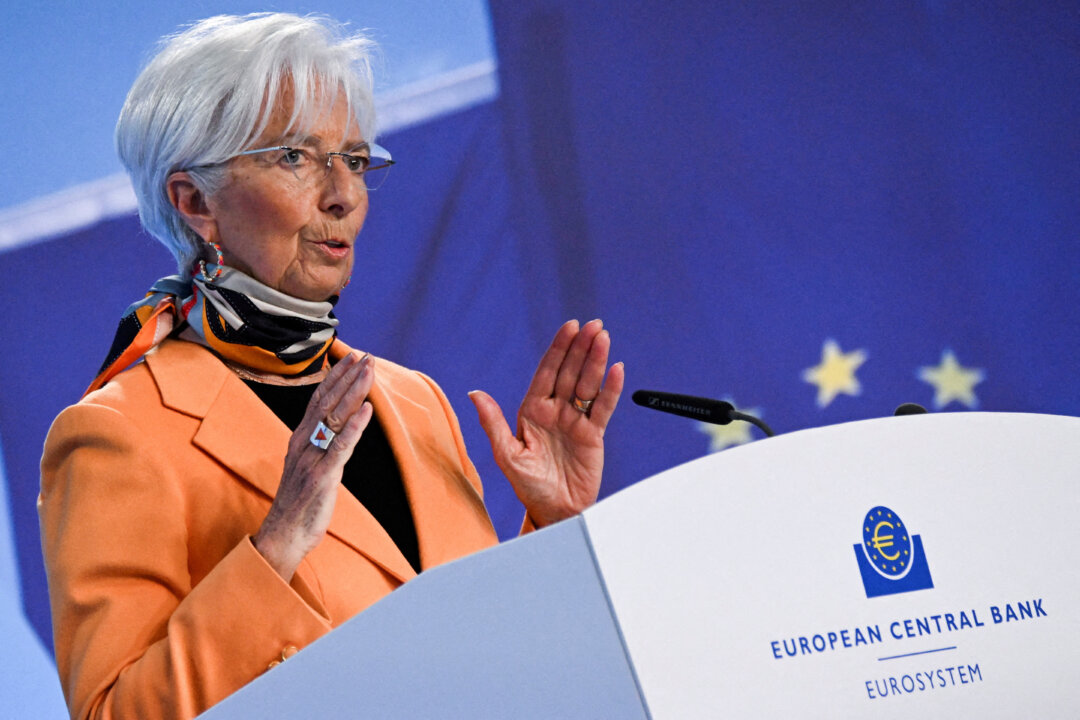The European Central Bank (ECB) has announced its decision to keep interest rates unchanged at 2%, signaling a careful approach to monetary policy amid ongoing economic uncertainties. As inflation stabilizes at the ECB's target, the central bank is adopting a "wait-and-watch" strategy, a stance echoed by President Christine Lagarde. This pause comes as the ECB seeks to assess the potential impact of external factors, including trade disputes and U.S. tariffs, which may influence the region's economic balance.
Did You Know
Butterflies taste with their feet.
?
AD
Lagarde's message reflects a broader sentiment among ECB officials: patience is essential as they evaluate the evolving economic landscape. With inflation at the target level and the external environment marked by heightened trade risk, the central bank remains cautious before committing to further rate adjustments. The interplay between European monetary policy and U.S. economic maneuvers is significant, as analysts suggest that the ECB’s current stance is driven by the need for clarity on trade negotiations and their potential implications for the eurozone economy.
The response from financial markets has been telling, as the euro shows resilience against the dollar while investors await clearer insights into future ECB actions. Analysts view the current course as one that balances cautious optimism with a pragmatic acknowledgment of risks ahead. By maintaining rates and focusing on data-driven decisions, the ECB aims to reinforce confidence in the eurozone’s economic prospects while navigating the complexities of international trade pressures. In doing so, the central bank not only retains credibility but also positions itself as a stabilizing force in a volatile global market.
Q&A (Auto-generated by AI)
What is the ECB's current interest rate?
The European Central Bank (ECB) has maintained its key interest rate at 2.00%. This decision reflects a cautious approach amid economic uncertainties, particularly related to trade tensions and inflation targets. By holding rates steady, the ECB aims to provide stability while assessing the impact of external factors on the Eurozone economy.
How do tariffs impact the Eurozone economy?
Tariffs can significantly disrupt trade flows and economic stability in the Eurozone. Higher tariffs, especially those imposed by the U.S., can lead to increased costs for imports, reducing consumer spending and business investment. This uncertainty can hinder economic growth and complicate monetary policy decisions by the ECB, as seen in their recent rate holds amid looming tariff threats.
What factors influence ECB rate decisions?
The ECB's rate decisions are influenced by various factors, including inflation rates, economic growth, employment levels, and external economic conditions such as trade relations. The central bank aims to achieve price stability while fostering economic growth, making it essential to consider both domestic and global economic indicators when setting rates.
What is the significance of a 2% inflation target?
The 2% inflation target set by the ECB is crucial for maintaining price stability in the Eurozone. This target helps guide monetary policy decisions and is seen as a benchmark for economic health. Achieving this target indicates a balanced economy, while deviations can prompt adjustments in interest rates to either stimulate or cool down economic activity.
How have past ECB rate cuts affected markets?
Past ECB rate cuts have generally aimed to stimulate economic growth by lowering borrowing costs, encouraging spending and investment. However, prolonged low rates can lead to market distortions, asset bubbles, or reduced bank profitability. The mixed outcomes of these cuts underscore the delicate balance the ECB must maintain between fostering growth and ensuring financial stability.

















